Export Financing: An Opportunity for Alternative Lenders to Jump On? As per ADB, there's a $1.5-trillion gap between demand and supply of trade finance
Opinions expressed by Entrepreneur contributors are their own.
You're reading Entrepreneur India, an international franchise of Entrepreneur Media.

The MSME credit gap in India is huge but very little attention is paid to trade finance. Given the dynamics of international trade, exporters often find themselves in a tricky situation as the working capital is out of the business system for at least 30-45 days. This has a direct impact on the business cycle.
In fact, as per the Asian Development Bank (ADB), there's a $1.5-trillion gap between demand and supply of trade finance across the globe wherein 50 per cent of this arises from developing countries in Asia while 70 per cent is contributed by MSMEs.
Wondering how big is the export finance opportunity in India?
According to official data, India's goods export grew by 7.6 per cent to about $1.7 trillion in 2018 of which $1.5 trillion is contributed by non-petroleum products. Additionally, Prime Minister Narendra Modi has previously said that he is hoping to double India's share in global exports from the present level i.e from 1.6 per cent to 3.4 per cent.
Manish Lunia, Co-founder, Flexiloans says this scenario creates a good opportunity for fintech companies to thrive on.
Elaborating on the opportunity, he added, "An Indian exporter typically faces stretched working capital cycles in case of delayed shipments, refunds of GST input tax credits and export incentives. Fintech lenders can service exporters across the country and ticket sizes via unique product suites to provide financing against these receivables with the help of their unique data mining capabilities, surrogate credit assessments, agility and geographical reach."
Furthermore, he feels alternative lenders may also find opportunities in emergency funding for pre-shipments i.e. for manufacturing / purchasing the goods, to the exporters to about a fixed percentage of their cash credit, if available with the exporter, or basis past track record of the receipts from the respective buyers.
Ignorance Isn't Bliss
Even though this opportunity might look like a good deal for an outsider, lenders in this space often complain about lack of awareness among SMEs in this space.
Pushkar Mukewar, Co-Founder & Co-CEO, Drip Capital, which focuses exclusively on cross-border trade finance and provides access to collateral-free working capital, feels informing customers about the product - its pros and cons, how and why to avail it, etc. is often a hurdle for lenders.
To top it all, beyond conventional banking lines, exporters have limited knowledge about alternative sources of financing and breaking these barriers can be challenging for fintech lenders.
"SMEs also compare our product pricing with that offered by banks, which offer competitive rates based on volume. Sometimes, it gets difficult to explain the advantages of collateral-free financing when the exporter is only concerned about pricing," he added.
A Risky Business
Apart from a buyer's default risk, alternative lenders operating in space cannot ignore the foreign exchange fluctuation risk. India's rupee has been fluctuating rapidly against the US dollar and had depreciated to 74.25 by October 2018. It recovered the losses and appreciated to 68 levels ahead of elections but is far from early 2018 figures. But Lunia suggests risk around the currency fluctuation can be addressed by structuring products that match the risk profile of such exporters or segments and providing low-cost hedging solutions.
Lastly, lenders may also find difficulty verifying applications related to refund of the input tax credits, incentives, etc. However, with the government working on streamlining and expediting the refund process and digitising the data, this issue can be solved too.










